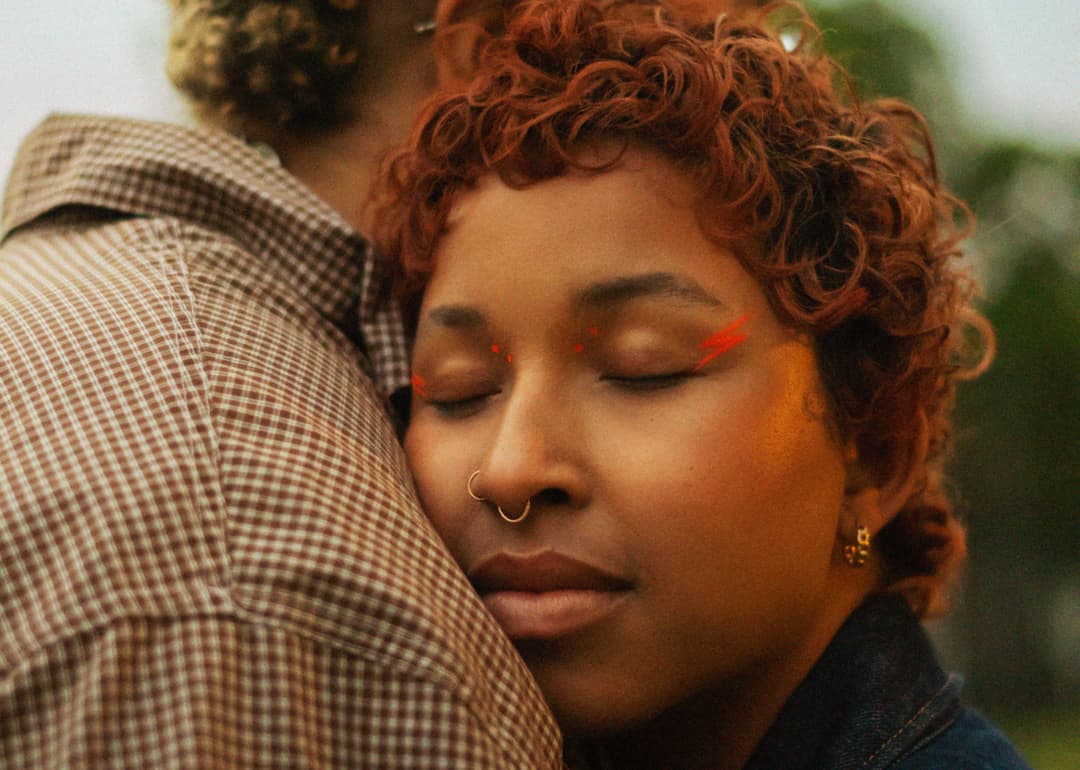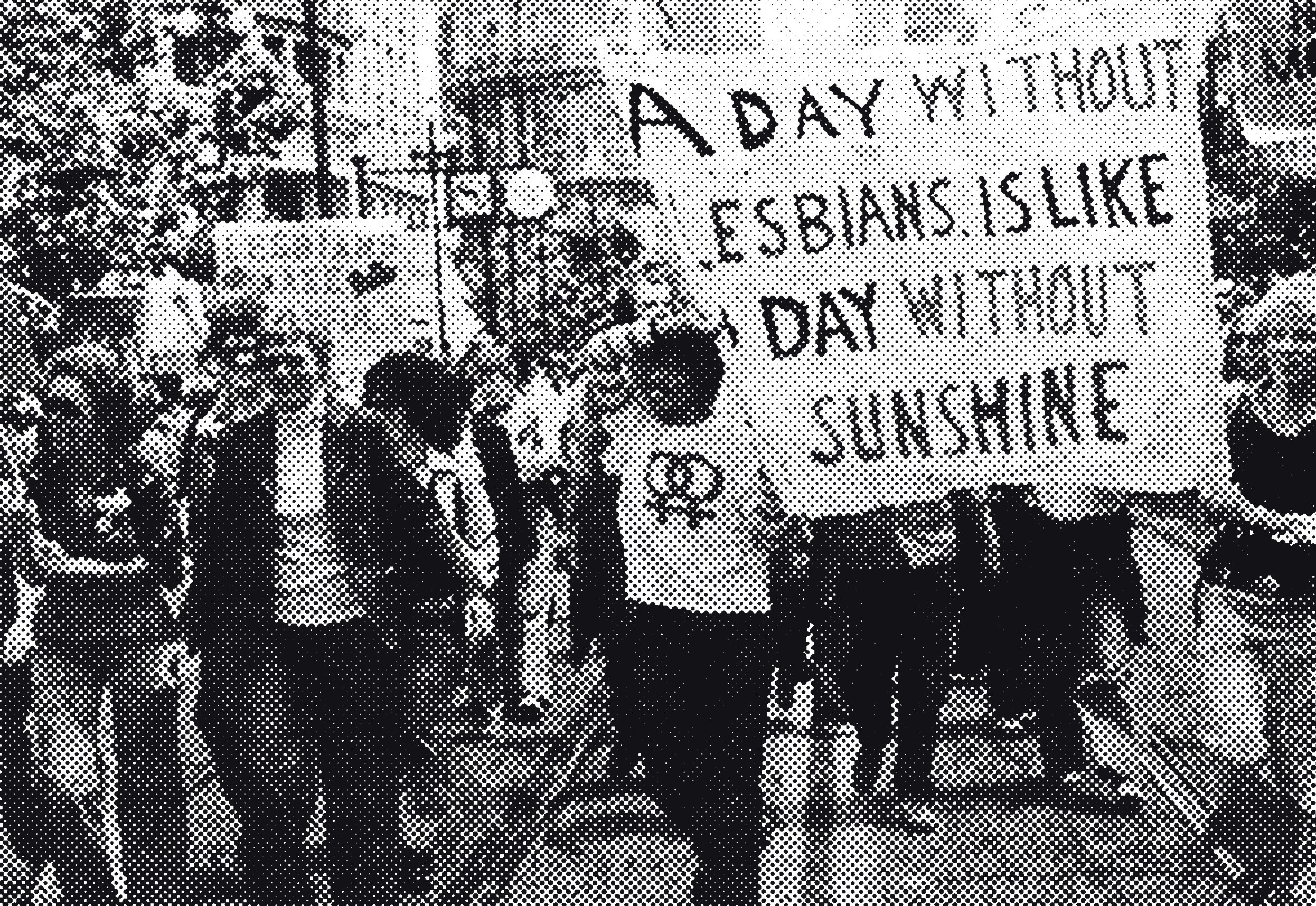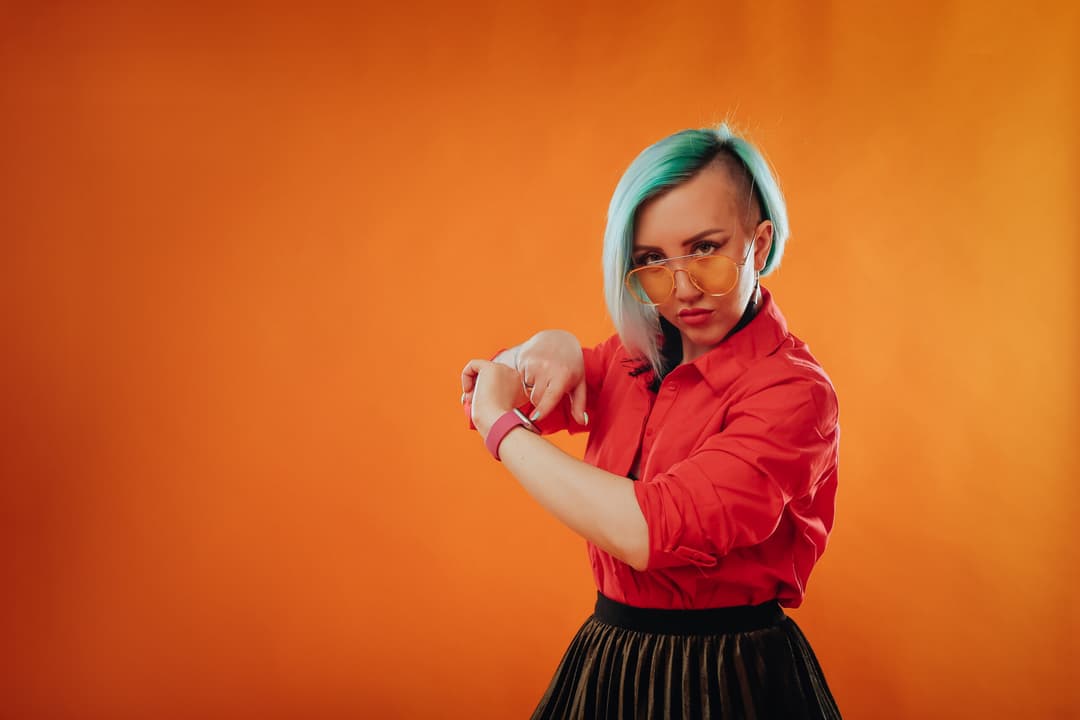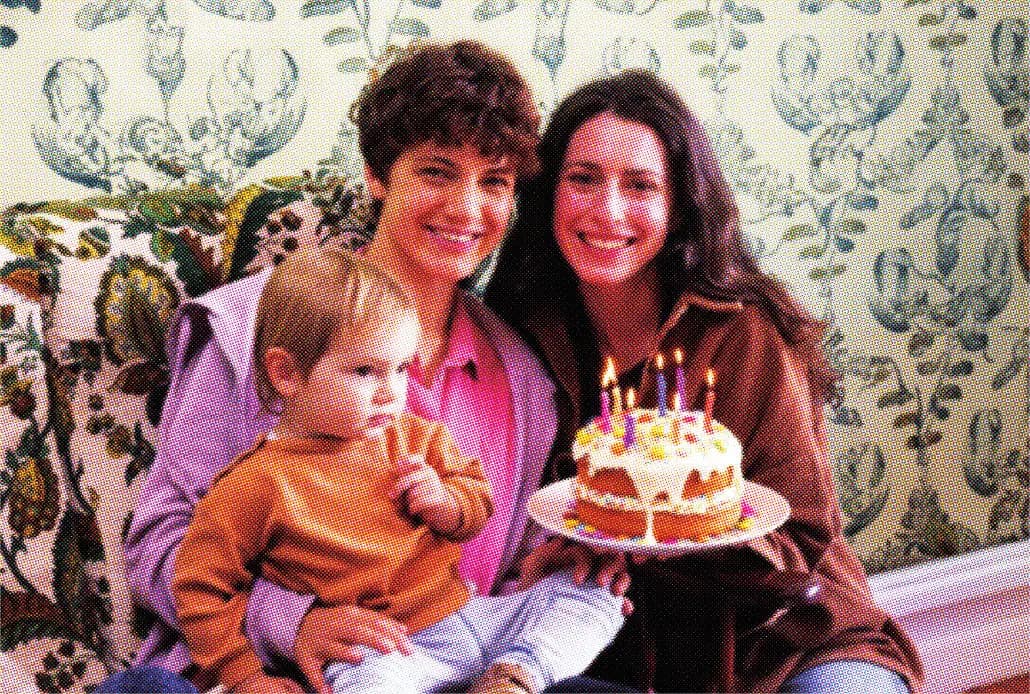Why Can’t Bi+ People Sit on Chairs?

Identity is valid: Bi+ identity isn’t defined by relationships or experiences—it’s about attraction and self-understanding.
Visibility matters: Representation and inclusive research help combat stigma and erasure.
Community connects: Sharing stories and humour fosters belonging and pride in Bi+ spaces.
Bi+ people get asked a lot of questions. What is imposter syndrome? How do you navigate relationships? Why can’t Bi+ people sit on chairs properly? (read on, this one will make sense) and the lovely hosts from JOY’s radio show Big Bi+ Questions attempt to answer them each and every week. We posed some questions to Tamzyn and Jase ourselves, and this is what they had to say …
So, what is Bi+ ‘imposter syndrome’?
Tamzyn: It’s that nagging question: am I bi enough? For example, if you’re in a relationship that looks straight, people might assume you’re heterosexual. If you’re in a same-gender relationship, people might assume you’re gay. That leaves many bi+ people feeling invisible.
We had a counsellor on the show, and she explained that imposter syndrome often comes from external invalidation. She guided us through breathing exercises, and we practiced affirmations like, ‘I am enough. What I do is enough.’ It sounds simple, but affirmations can be grounding.
Jase: I always say bisexuality isn’t in your pants – it’s in your head and your heart. Who you’ve been with doesn’t define your identity.
Does being bisexual erase non-binary people?
Jase: No. I’m non-binary and bisexual – it doesn’t erase me. For some non-binary folks, though, the term ‘bisexual’ feels too tied to a gender binary, which is why we often use Bi+. That ‘plus’ signals inclusivity.
Tamzyn: Exactly. Bi+ acknowledges that attraction can span beyond men and women – to non-binary, gender diverse, and intersex people too. It’s about broadening, not limiting.
Where is the research on Bi+ health at?
Tamzyn: Well, funny you should mention that our second episode ever was with the BiSHH team (Bi+ Sexual Health & HIV Study). They looked at where Bi+ people show up- – or don’t show up – in health research. Too often, Bi+ people get lumped into categories like ‘gay/lesbian’ or ‘heterosexual,’ which erases the distinct experiences of Bi+ communities.
The study aimed to change that, collecting data on mental health, sexual health, and general wellbeing. Results should be out soon [hyperlink], and I think they’ll be really important for shaping services.
Jase: Research is critical because the stats we do have are concerning. Studies over the years have shown higher rates of anxiety, depression, and intimate partner violence among Bi+ people. Without targeted research, those needs can go unmet.
Do we know why do Bi+ people experience higher rates of poor mental health?
Tamzyn: Partly because of erasure and stigma. If your identity is constantly questioned, that takes a toll. If people treat your sexuality as a phase or a joke, it undermines your sense of self.
Jase: And it’s not just external – there’s internalised doubt too. Many Bi+ people spend years wondering if they ‘count.’ That uncertainty can feed anxiety and depression. But finding community makes a difference. For me, being part of Big Bi+ Questions has given me a Bi+ family. That sense of belonging is protective.
Can I call myself Bi+ if I’ve only been intimate with one gender?
Jase: Absolutely. Your sexuality is about attraction and identity, not a checklist of experiences.
Tamzyn: Most of us realised we were queer before we were sexually active. Attraction starts with feelings and crushes, not physical encounters. If you identify as Bi+, that’s valid – full stop.
How does being Bi+ shape relationships?
Tamzyn: It can add layers. For example, in a straight-presenting relationship, a partner might be surprised if someone comes out as Bi+ later on. It doesn’t mean they’ve changed who they are, but it does challenge assumptions. That’s why openness and communication are key.
Jase: For me, it’s often about emotional connections first. My bisexuality isn’t just about who I sleep with it’s about who I love, who I’m drawn to, who I feel connected with. That flexibility enriches relationships rather than complicating them.
How has Bi+ representation on TV changed?
Tamzyn: Slowly but surely. Remember that Sex and the City episode where bisexuality was dismissed as a phase? That was damaging. But more recently, shows like Heartstopper have included Bi+ characters in affirming ways.
Jase: Representation matters. When you see characters living authentically as Bi+, it sends a message: you’re valid, you exist, you belong. There’s still a long way to go, but the landscape is improving.
Big Bi+ Questions is such a great show, what role does community radio play?
Tamzyn: Community media like JOY is essential. Mainstream media often overlooks Bi+ perspectives, but JOY gives us the space to tell our own stories in our own voices.
Jase: And it’s fun! We can laugh, play with sound effects, and not take ourselves too seriously while still discussing serious issues. That balance keeps people listening, and learning.
How can people be good allies to the Bi+ community?
Jase: Honestly, asking that question is the first step. Allyship isn’t about assuming – it’s about listening. Avoid jokes about ‘fence-sitting’ or ‘choosing a side.’ Respect the identity someone shares with you.
Tamzyn: In practice, that means using inclusive language. If someone says they went on a date, don’t jump to gendered assumptions – wait for them to share. In health care, providers need to ask open questions rather than boxing people into categories. Inclusion is about paying attention.
Jase: And roll with it. If someone tells you they’re bisexual, believe them. No interrogation, no caveats. Just acceptance.
One of the questions you ask on your show is, why can’t Bi+ people sit on chairs properly, and so why is that, why can’t they sit on chairs properly?
Jase: Because we’re all born contortionists!
Tamzyn: It’s one of our running jokes. We even ask it in guest surveys, alongside questions like, ‘Do you drink from multiple cups at once?’ It’s a playful nod to stereotypes – some silly, some true. At the end of the day, it’s about owning the quirks that make our community unique.
For more, tune into Big Bi+ Questions weekly on Joy or catch up online at joy.org.au.
To join the conversation submit your questions to bigbiquestions@joy.org.au
Where to
find support
Looking for someone to talk to?
Access safe (and pre-screened) health from our resource list.




